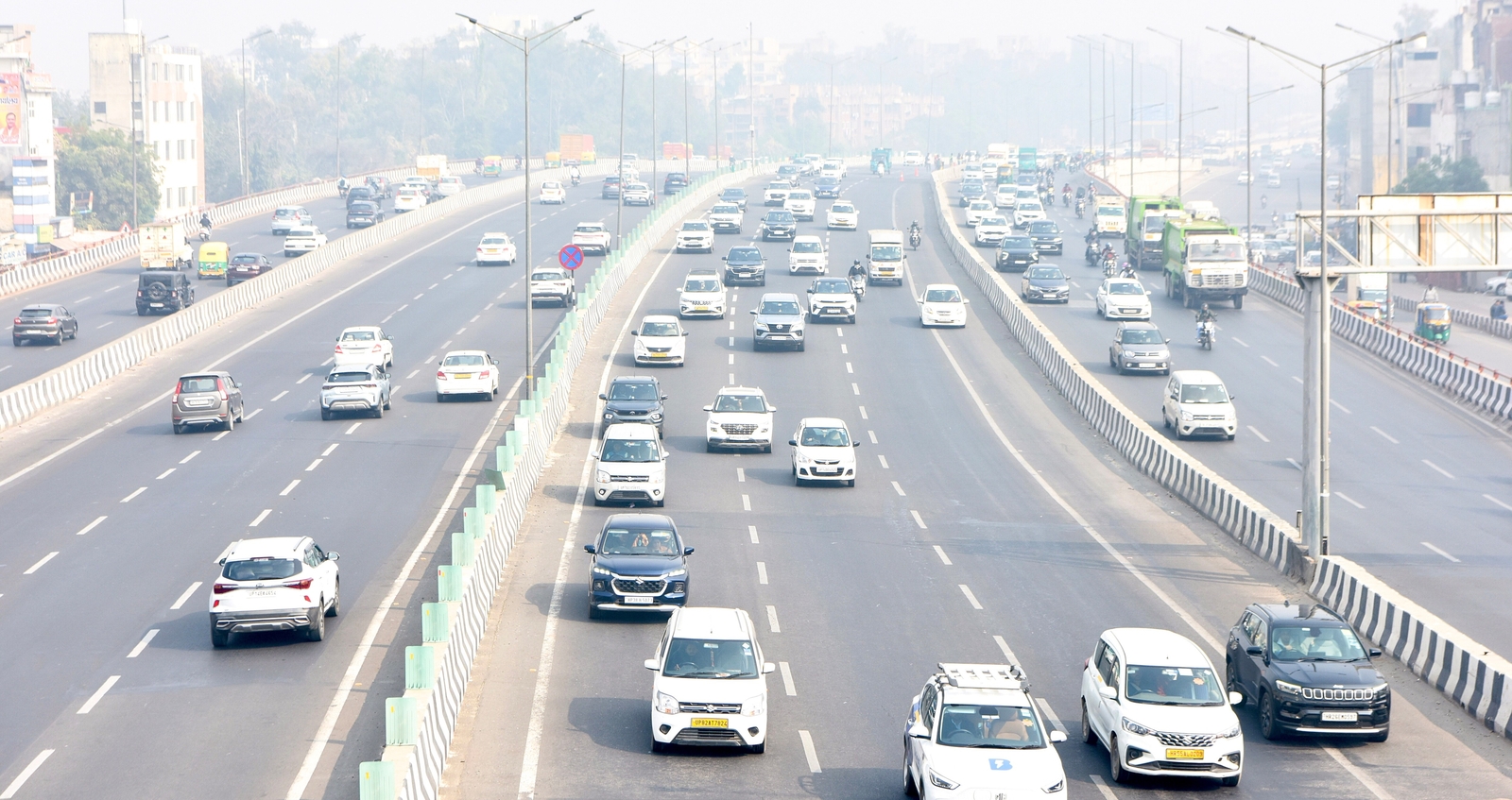Bruges Pleads with Tourists to Stop Stealing Historic Cobblestones Amid Overtourism Challenges: What More You Need To Know
Sunday, May 25, 2025

As summer travel ramps up with Memorial Day marking the unofficial start of the busy season, a historic European city is facing an unusual problem: tourists are literally taking pieces of it home.
The picturesque Belgian city of Bruges, famous for its medieval charm and UNESCO World Heritage status, has issued a public plea asking visitors to stop stealing cobblestones from its centuries-old streets.
According to local politician Franky Demon, Bruges loses an estimated 50 to 70 cobblestones every month, with even higher numbers during peak tourist season. This theft not only causes financial strain—repairing the damage costs roughly €200 (about $225) per square meter—but also creates safety hazards for residents and tourists alike. Loose or missing stones pose serious tripping risks, necessitating frequent and costly maintenance work by city employees.
One particularly notable incident saw a “perpetrator” replace a missing cobblestone with a planted flower. While whimsical, Demon described this as “a lack of respect for our shared heritage,” underscoring the need for visitors to appreciate the city’s cultural and historic significance rather than treating its cobblestones as souvenirs.
“Walking through Bruges means stepping through centuries of history,” Demon explained. “These cobblestones are not just pieces of stone — they are part of our city’s soul. We urge visitors to enjoy Bruges, but to leave its beauty intact for others.”
Overtourism Strains Historic European Cities
Bruges’ struggle is part of a broader pattern seen in many beloved European cities such as Venice and Barcelona, where the pressures of overtourism are forcing local governments to implement strict measures to protect cultural heritage and quality of life for residents. In 2019, Bruges took steps to curb tourism growth by limiting cruise ship arrivals at the nearby port of Zeebrugge and halting promotional campaigns for day trips from other major cities like Paris.
The Belgian government, through the Federal Public Service for Economy, emphasizes sustainable tourism development, balancing visitor influx with the protection of national heritage sites. The country’s official tourism website encourages respectful and responsible travel to ensure historic cities like Bruges remain vibrant and intact for future generations.
For visitors looking for a tangible souvenir, city officials recommend a less destructive choice — Belgian chocolates, a renowned delicacy that carries the spirit of Bruges without damaging its streets.
As popular travel hotspots grapple with overtourism, more travelers are turning to lesser-known destinations that offer rich cultural experiences without the crowds.
Syria: A New Chapter for Tourism
Though often overlooked due to years of conflict, Syria is beginning to reemerge as a travel destination following the fall of Bashar al-Assad’s regime. Airlines such as Turkish Airlines and Qatar Airways have recently launched routes to Damascus, facilitating international access to the country’s remarkable historical sites.
Local tourism operators like Ayoub Alsmadi express optimism about Syria’s future tourism prospects. “Now Assad is gone I’m sure the tourism industry will grow so fast. And as soon as governments stop saying ‘Don’t go to Syria,’ tourism will explode,” Alsmadi told CNN Travel.
The Syrian government, supported by the Ministry of Tourism, is actively encouraging safe and responsible tourism development to rebuild the country’s economy while preserving its cultural treasures.
Taroudant, Morocco: The “Little Marrakech”
For travelers enchanted by Morocco’s vibrant culture but seeking to avoid Marrakech’s heavy tourist traffic, Taroudant offers an authentic alternative. This historic town, founded in the 11th century and located about 90 minutes east of Agadir, charms visitors with its traditional souks, fortified walls, and family-run restaurants serving local cuisine.
Unlike Marrakech’s bustling markets and tourist crowds, Taroudant provides a more relaxed atmosphere, where visitors can enjoy sipping mint tea in a riad courtyard or wandering ancient streets rich with history. The Moroccan Ministry of Tourism actively promotes diverse regional destinations like Taroudant to distribute visitor numbers more evenly across the country, thereby supporting sustainable tourism and local livelihoods.
Apo Reef Natural Park, Philippines: A Hidden Underwater Gem
Travelers seeking marine adventures beyond the famous Great Barrier Reef should consider Apo Reef Natural Park in the Philippines. Located about 140 miles southeast of Manila, Apo Reef is the second-largest contiguous coral reef system globally but remains far less visited.
The Philippine Department of Tourism and the Department of Environment and Natural Resources are working to protect this underwater treasure while promoting eco-friendly tourism. Apo Reef has been submitted for UNESCO World Heritage status, which may further raise its international profile and increase visitation. For now, it offers a pristine diving and snorkeling experience for adventurous travelers seeking relatively untouched natural beauty.
Beyond destination news, travel culture is also evolving rapidly thanks to social media trends.
Airport Ballet and Viral Dance Videos
Blake McGrath, a professional dancer, recently missed a flight after deciding to perform ballet turns inside an airport terminal. His viral video sparked a trend, inspiring other dancers—both amateur and professional—to showcase their moves in airports worldwide.
This playful phenomenon highlights the merging of travel and performance art, bringing levity to the often stressful airport experience. Though not officially endorsed by airport authorities, these videos have drawn millions of views and brought positive attention to travel influencers.
In-Flight Skincare and Makeup Trends
Another growing trend among travel influencers, particularly on TikTok, involves beauty routines performed at 30,000 feet. These “Get Ready With Me” (GRWM) videos transform airplane tray tables into mini-vanity stations, focusing on makeup application and especially skincare.
Airplane cabins tend to have very dry air, which can exacerbate skin dehydration. Many influencers emphasize hydrating skin products and the importance of sunscreen during flights, even when seated away from windows. CNN Underscored, CNN’s product review site, has tested and recommended the best face sunscreens suitable for air travel.
These trends reflect travelers’ increasing attention to wellness and self-care on the go, transforming flights from mere transit periods into moments of personal care and creative expression.
As global tourism rebounds following the pandemic, the stories from Bruges, Syria, Morocco, and the Philippines illustrate the delicate balance between welcoming visitors and preserving cultural and natural heritage. Governments worldwide are advocating for responsible tourism practices that protect communities and environments, in line with guidelines from organizations such as the United Nations World Tourism Organization (UNWTO).
In Europe, local authorities like those in Bruges continue to develop policies addressing overtourism and heritage preservation. Meanwhile, emerging destinations like Syria and less frequented spots like Taroudant and Apo Reef offer travelers alternatives that contribute positively to local economies without overwhelming infrastructure or cultural sites.
Travelers are encouraged to respect local customs, avoid damaging heritage sites, and support sustainable tourism initiatives, ensuring that the world’s historic cities, natural wonders, and Indigenous cultures remain vibrant and accessible for generations to come.











